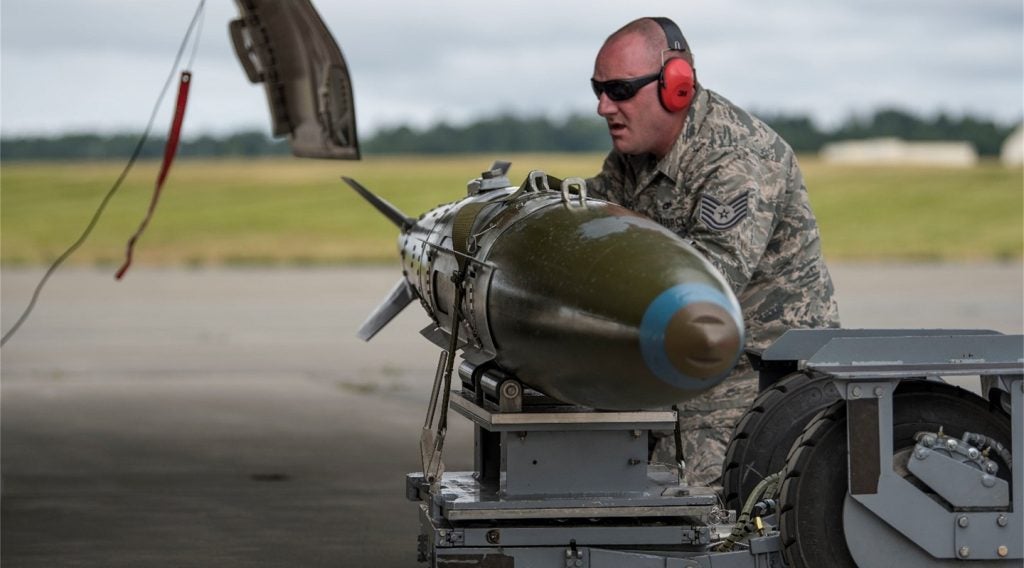Afghanistan Air Force (AAF) pilots have begun using a new MI-17V5 No-Motion Level 5 simulator to enhance their aviation skills in a safe environment.
Air Force 438th Air Expeditionary Advisory Group deputy commander lieutenant colonel Chas Tacheny said that the simulator allows the aviators to practice their craft in a low-risk and stress free environment.
"In 21 years I don’t think I have flown in a better simulator. Afghanistan has an extremely challenging environment for helicopters," Tacheny added.
"The high altitudes in Afghanistan push the performance envelope of the MI-17."
The simulator provides a replication of the Afghanistan air space and enables the aviators to reproduce numerous types of challenging weather conditions while allowing them to practice brownouts during landings which are big risks to aviators in Afghanistan.
How well do you really know your competitors?
Access the most comprehensive Company Profiles on the market, powered by GlobalData. Save hours of research. Gain competitive edge.

Thank you!
Your download email will arrive shortly
Not ready to buy yet? Download a free sample
We are confident about the unique quality of our Company Profiles. However, we want you to make the most beneficial decision for your business, so we offer a free sample that you can download by submitting the below form
By GlobalDataThe dusty climate in the region can cause dust storms to kick up with no notice and often blind pilots to all of their visual reference points.
Apart from allowing aviators to train on night operations using night vision goggles and formation flying, the simulator helps Afghan pilots to further develop their capabilities, tackle difficult and challenging scenarios without hurting personnel and damaging aircraft.
In order to provide a level of realism, a certain percentage of the flight deck of the simulator had original equipment that is in the actual MI-17 helicopters, Tacheny said.
The Russian-built Mi-17 helicopters, each costing $15m, have a service ceiling of over 16,000ft, and can transport 24 passengers or 8,800lb of cargo.
The aircraft will support the AAF in missions such as presidential and VIP transportation, medical and casualty evacuation, battlefield mobility, basic cargo airlift, reconnaissance, rotary-wing training and close air support.
Image: An Afghan pilot enhancing his abilities using MI-17 simulator in numerous different challenging scenarios at Kabul International Airport. Photo: Tech. Sgt. Jeremy Larlee.







